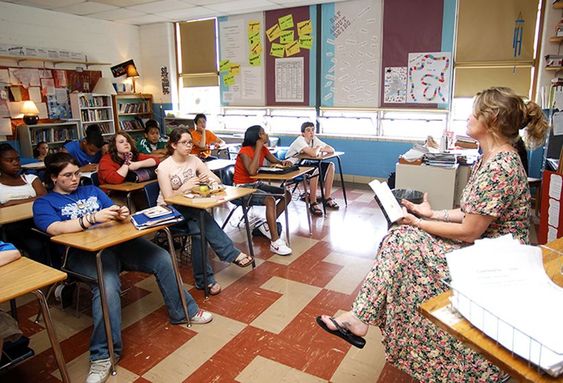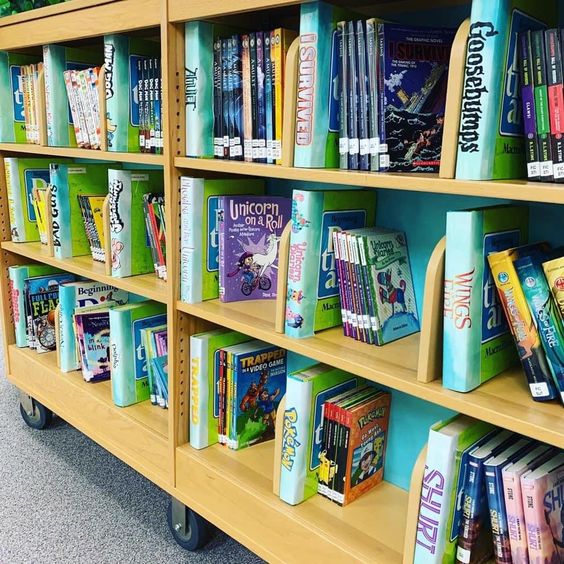Introduction
Introducing biographies to teenagers can have a profound impact on their outlook towards life. Reading real-life stories of resilience, determination, and success can inspire young minds and shape their future. As a teacher, you play a crucial role in shaping a young reader’s experience. Here are the 20 best biographies teachers recommend for teens.
1. I Am Malala: The Girl Who Stood Up for Education and Was Shot by the Taliban – Malala Yousafzai
2. Steve Jobs – Walter Isaacson
3. The Diary of a Young Girl – Anne Frank
4. The Wright Brothers – David McCullough
5. Marie Curie: A Life – Susan Quinn
6. Notorious RBG: The Life and Times of Ruth Bader Ginsburg – Irin Carmon, Shana Knizhnik
7. Nikola Tesla: Imagination and the Man That Invented the 20th Century – Sean Patrick
8. Mandela: The Authorized Biography – Anthony Sampson
9. The Immortal Life of Henrietta Lacks – Rebecca Skloot
10. Unbroken: A World War II Story of Survival, Resilience, and Redemption – Laura Hillenbrand
11. Lab Girl – Hope Jahren
12. Into the Wild – Jon Krakauer
13. Persepolis: A Story of Childhood – Marjane Satrapi
14. The Autobiography of Benjamin Franklin – Benjamin Franklin
15. My Life with the Chimpanzees – Jane Goodall
16. Born a Crime: Stories from a South African Childhood – Trevor Noah
17. Alexander Hamilton – Ron Chernow
18. Hidden Figures: The American Dream and the Untold Story of the Black Women Mathematicians Who Helped Win the Space Race – Margot Lee Shetterly
19. Becoming – Michelle Obama
20. The Glass Universe: How the Ladies of the Harvard Observatory Took the Measure of the Stars – Dava Sobel
Conclusion
These 20 biographies are perfect for teenagers as they showcase an array of diverse individuals who have faced adversity, overcome obstacles, and left their mark on the world. Introduce these titles to your students, and you may spark a newfound passion for reading and learning as they explore personal narratives filled with valuable life lessons.











